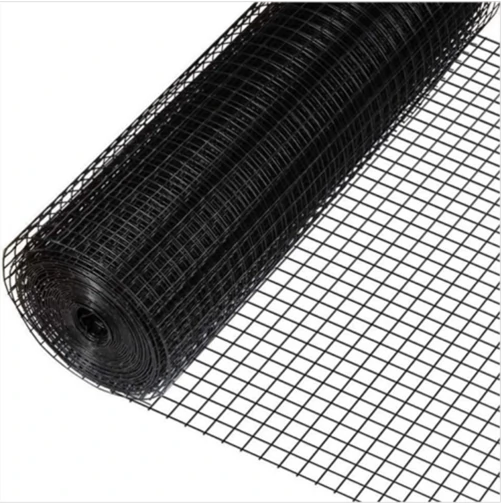concertina barbed wire
The Intriguing History and Functionality of Concertina Barbed Wire
Concertina barbed wire stands as a remarkable innovation in the realms of security and fencing, combining functionality and deterrence into one simple structure. Originally designed for military purposes, this fascinating barrier has evolved into a multifaceted tool used across various sectors, from agricultural fencing to border control.
The Origins of Concertina Barbed Wire
The inception of concertina wire dates back to the 19th century, during an era when the world was industrializing at a rapid pace. Early iterations of barbed wire were designed to prevent livestock from wandering off or to mark the boundaries of farmland. However, as conflicts arose and military needs became more complex, the conventional barbed wire transformed. The concertina variant, which creates spirals of sharp, barbed edges, was conceived, allowing for a more formidable obstacle against intruders or escaping prisoners.
The design was inspired by the shape of a concertina instrument, which expands and contracts, enabling the wire to be efficiently transported and deployed. When uncoiled, concertina wire forms a barrier that can wrap around fences or be laid flat on the ground, presenting a complex maze of sharp points that deter both humans and animals from breaching the perimeter.
Advantages of Concertina Barbed Wire
One of the standout features of concertina wire is its effectiveness in enhancing security measures. Its design not only serves as a robust obstacle but also creates a psychological effect; the sight of concertina wire can instill fear and deter potential trespassers. Unlike standard fencing options, concertina wire's intricate structure makes it challenging to navigate, thus reducing the likelihood of unauthorized access.
concertina barbed wire

Moreover, concertina barbed wire is relatively inexpensive and easy to install
. It requires minimal maintenance, making it an ideal choice for remote or challenging terrains. Whether it's used to protect military installations, prisons, or private property, its versatility is one of its strongest attributes.Applications in Modern Society
Today, concertina barbed wire is utilized across various sectors. In agricultural settings, it is commonly employed to contain livestock and prevent wild animals from encroaching on farmland. In urban environments, it secures perimeters around industrial sites, warehouses, and other facilities. Its application is not limited to private entities; governments also deploy concertina wire as a part of border security measures, offering an effective solution for controlling immigration and preventing illegal crossings.
Additionally, concertina wire has been increasingly viewed through a humanitarian lens, particularly concerning issues of asylum seekers and refugees. While it serves a security function, the presence of concertina wire can symbolize division and exclusion within societies. This creates a paradoxical situation that raises ethical questions about the balance between national security and human rights.
Conclusion
In summary, concertina barbed wire is more than just a physical barrier; it embodies a history of innovation shaped by necessity. As societies evolve, so too do the uses and implications of this formidable fencing solution. Understanding its multifaceted roles helps underscore the ongoing discourse surrounding security, territory, and human rights. As we navigate these complex issues, the importance of responsible application and consideration of humanitarian values remains paramount. The effectiveness of concertina wire as a tool for security should not overshadow the ethical responsibility we hold towards individuals who may be affected by its presence. Ultimately, the challenge lies in leveraging such tools wisely, ensuring both safety and humanity coexist in our communities.
-
Space-Saving Chain Fence Hacks Vertical Gardening with Cyclone MeshNewsJul.16,2025
-
Innovations in Iron Nail Wire Production for Modern ConstructionNewsJul.16,2025
-
Creative Uses of Wire Netting Fence in Modern Landscape DesignNewsJul.16,2025
-
Barbed Wire Fence Innovations in Anti-Climb TechnologyNewsJul.16,2025
-
Architectural Uses of Umbrella Nails for Aesthetic Roof DesignsNewsJul.16,2025
-
Architectural Uses of Razor Barbed Wire in Secure Urban DesignNewsJul.16,2025




